Solar beats nuclear at many potential settlement sites on Mars
The high efficiency, light weight and flexibility of the latest solar cell technology means photovoltaics could provide all the power needed for an extended mission to Mars, or even a permanent settlement there, according to a new analysis by scientists at the University of California, Berkeley.
Most scientists and engineers who’ve thought about the logistics of living on the surface of the Red Planet have assumed that nuclear power is the best alternative, in large part because of its reliability and 24/7 operation. In the past decade, miniaturized Kilopower nuclear fission reactors have advanced to the point where NASA considers them to be a safe, efficient and plentiful source of energy and key to future robotic and human exploration.
Solar power, on the other hand, must be stored for use at night, which on Mars lasts about the same length of time as on Earth. And on Mars, solar panels’ power production can be reduced by the omnipresent red dust that covers everything. NASA’s nearly 15-year-old Opportunity rover, powered by solar panels, stopped working after a massive dust storm on Mars in 2019.
Click here to read the full article
Source: Berkeley News
—
If you have any questions or thoughts about the topic, feel free to contact us here or leave a comment below.

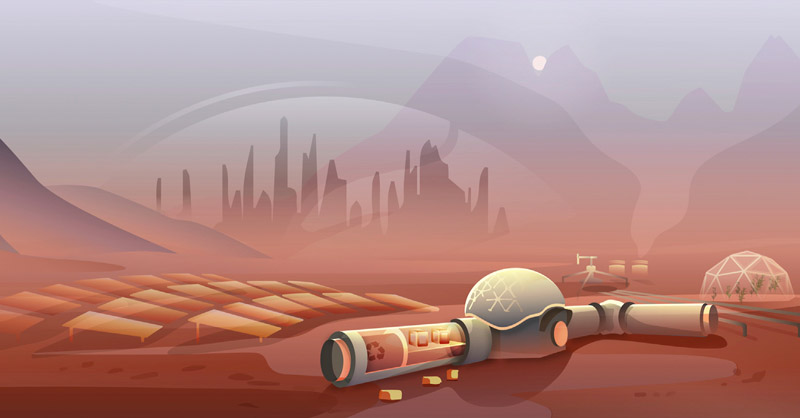
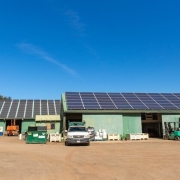
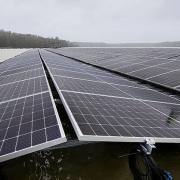
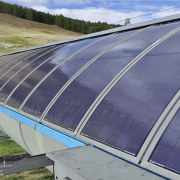
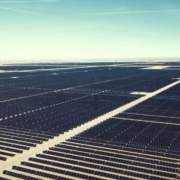
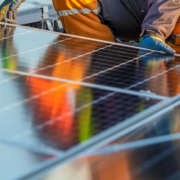
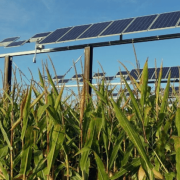


Leave a Reply
Want to join the discussion?Feel free to contribute!